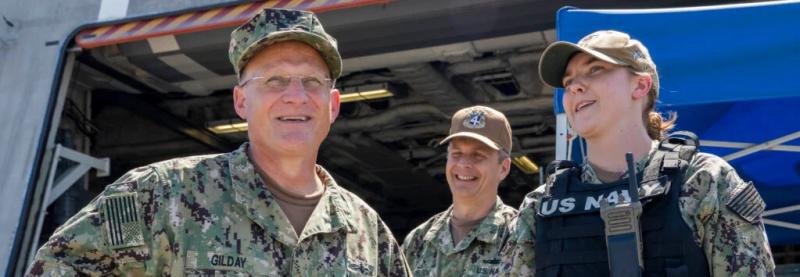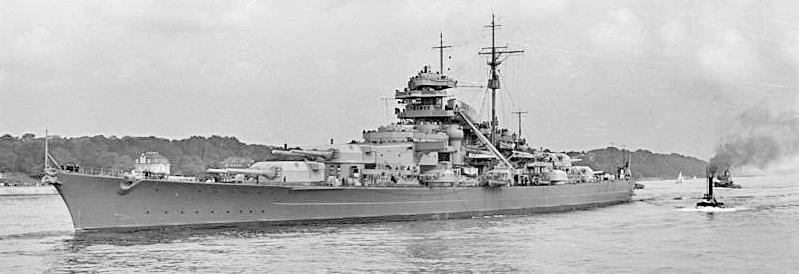
Bismarck
On the evening of May 26, 1941, eighty years ago today, a squadron of obsolete biplanes flown by volunteer pilots succeeded in crippling the Bismarck, the mightiest battleship in the German Kriegsmarine. A revised repost.
The Bismarck was about to escape to the safety of Brest in occupied France. Two days before, in the Battle of Denmark Strait, the German battleship sank the British battle cruiser HMS Hood in six minutes. Then, after a chase of several days, pursued by a large British flotilla, the Bismarck was about to get away.
On the stormy evening of May 26, in heavy seas and only an hour’s worth of daylight left to stop the German ship, a squadron of fifteen Fairey Swordfish biplanes was launched from the carrier HMS Ark Royal. The pilots of the Swordfish biplanes were all members of the Royal Naval Volunteer Reserve, a corps of civilian volunteers who served alongside Royal Navy and Royal Navy Reserve personnel. The wavy stripes on RNVR officers’ sleeves differentiated them from RN/RNR officers, and gave the group the nickname, the “Wavy Navy.”
Continue reading →
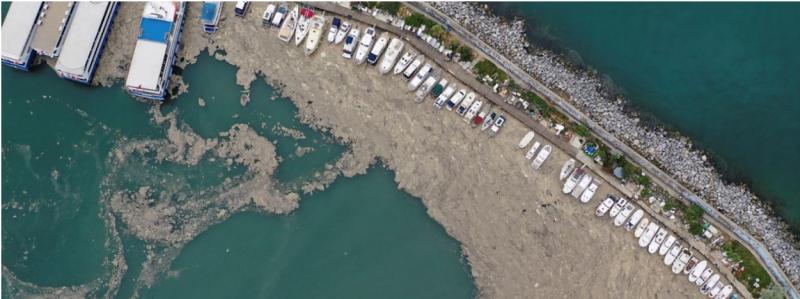 A thick, slimy layer of so-called “sea snot” has spread in Turkey’s Sea of Marmara to the south of Istanbul, posing a threat to marine life and the fishing industry.
A thick, slimy layer of so-called “sea snot” has spread in Turkey’s Sea of Marmara to the south of Istanbul, posing a threat to marine life and the fishing industry. 
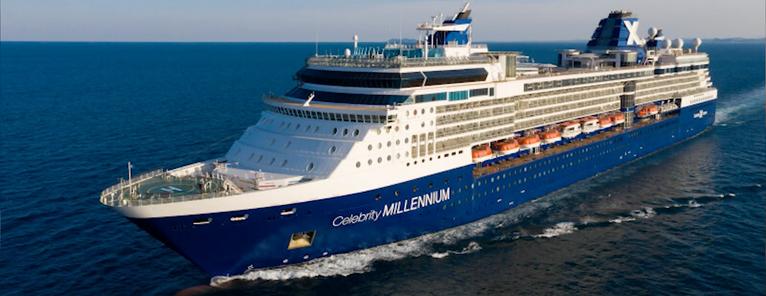 When the cruise ship
When the cruise ship 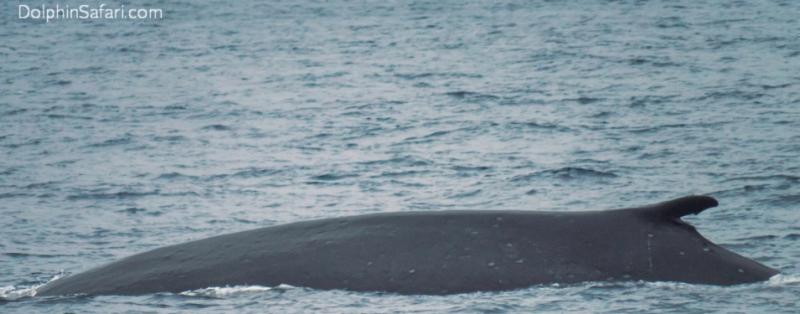
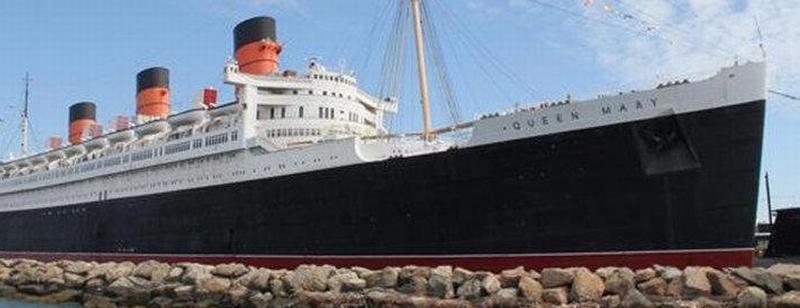 The ex-Cunard luxury liner
The ex-Cunard luxury liner  In a few days, the composite clipper ship
In a few days, the composite clipper ship 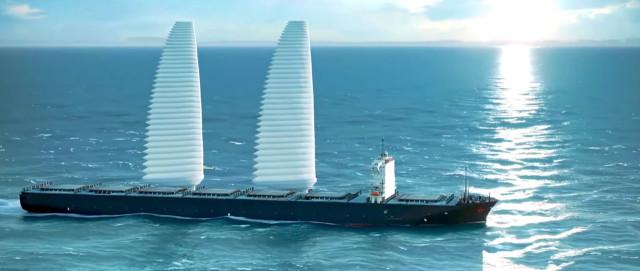 Back in 2017, we posted
Back in 2017, we posted 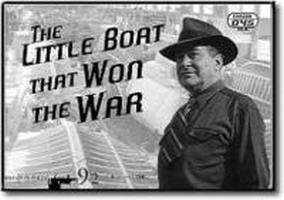 I am aware of only one man who was praised by both Eisenhower and Hitler. A
I am aware of only one man who was praised by both Eisenhower and Hitler. A 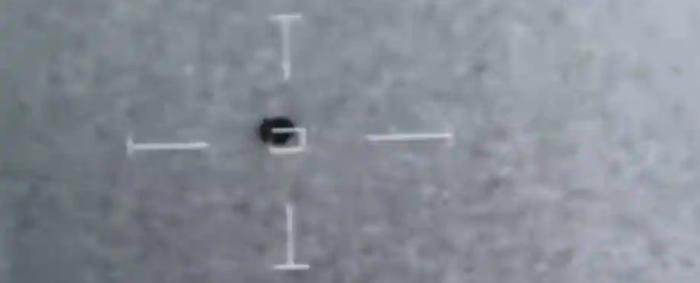 Something very strange took place around the middle of July 2019 off the coast of California, near San Diego. Leaked radar images and video from the
Something very strange took place around the middle of July 2019 off the coast of California, near San Diego. Leaked radar images and video from the  Pollution from the container ship
Pollution from the container ship 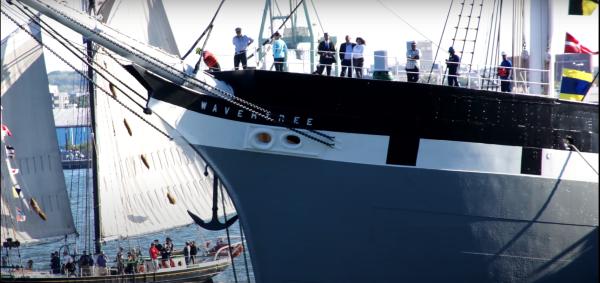 The
The 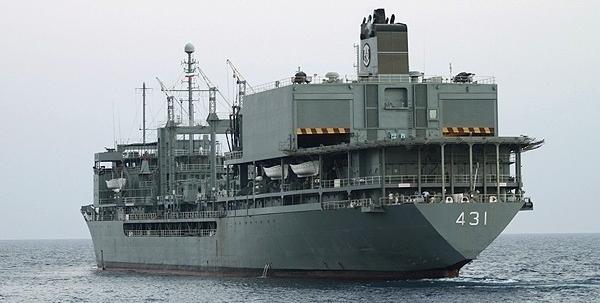
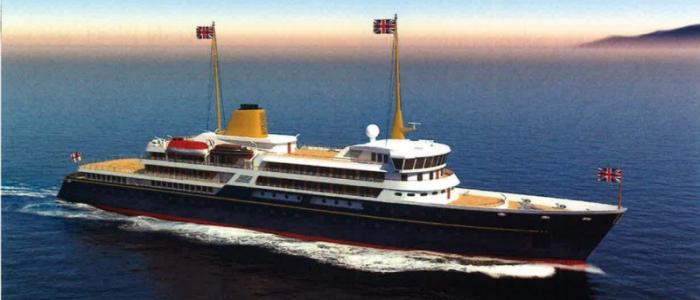 Interesting news from the UK. Prime Minister, Boris Johnson, announced the
Interesting news from the UK. Prime Minister, Boris Johnson, announced the 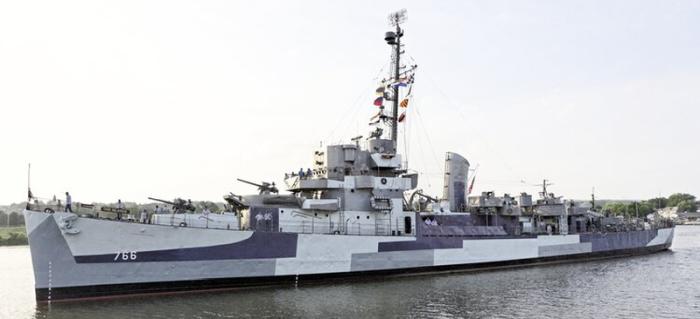 Museum ships are slowly reopening. The
Museum ships are slowly reopening. The 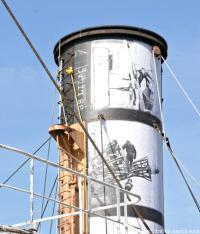 The
The 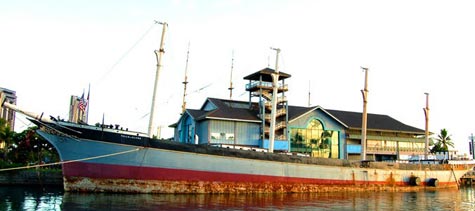
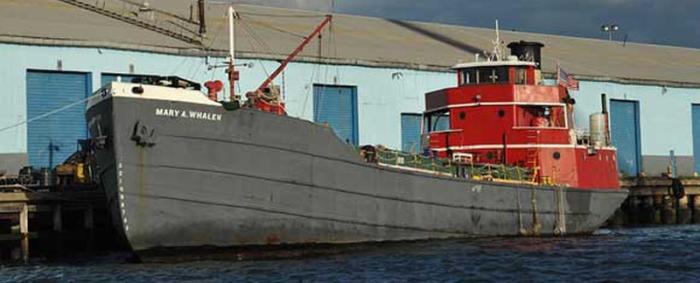

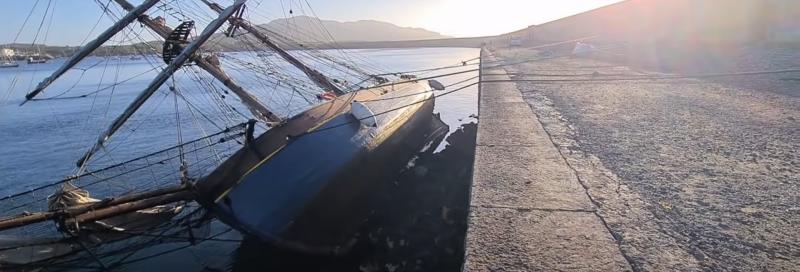 Attempts to salvage the historic
Attempts to salvage the historic 